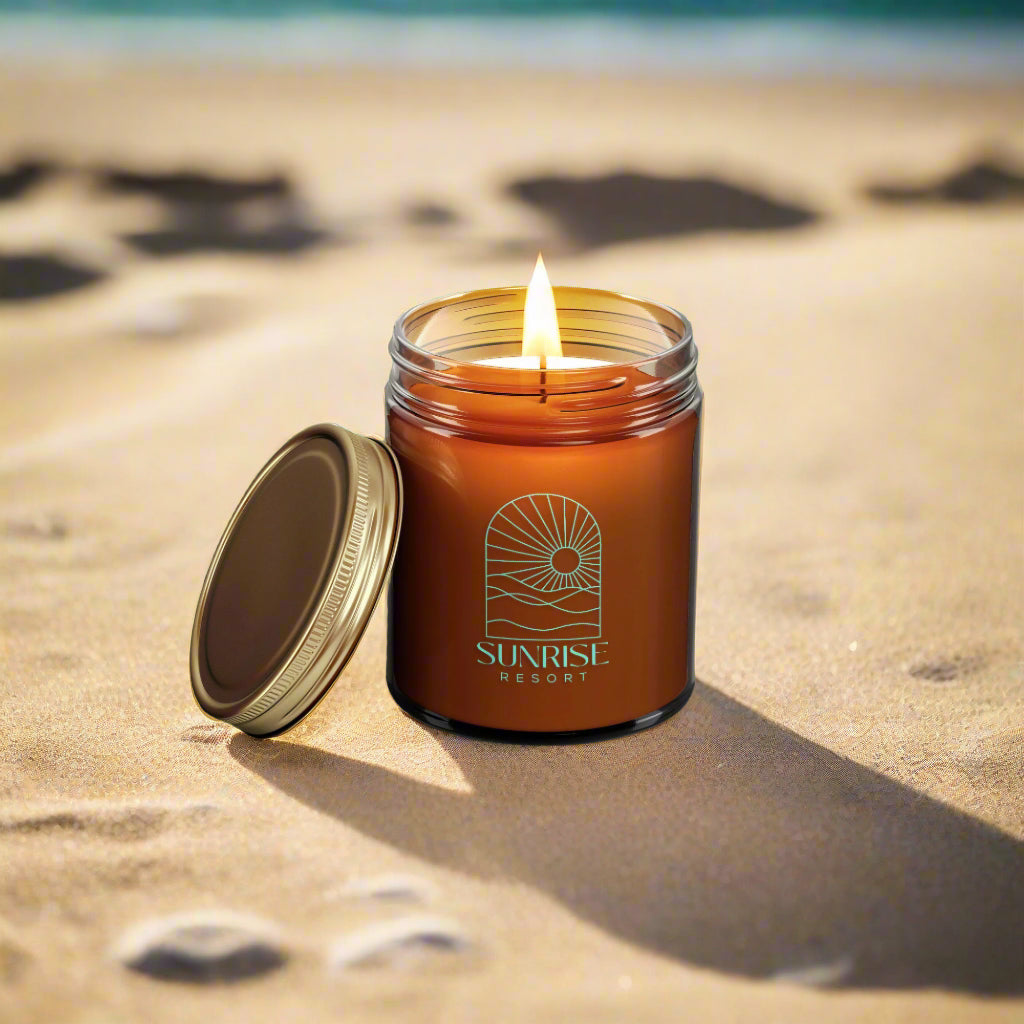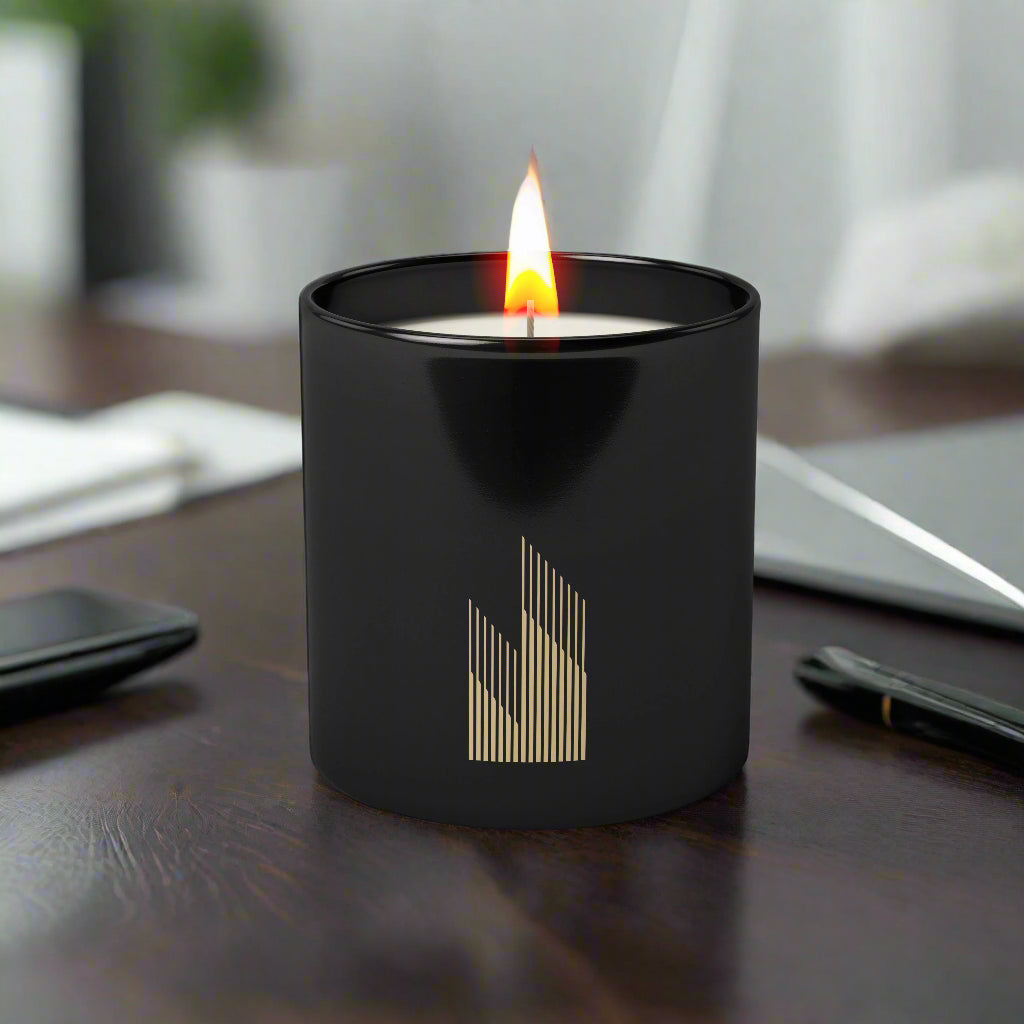
As we near the end of 2025, a confluence of economic shifts and strategic priorities is driving many consumer brands to rethink where their products are made. The candle industry is a prime example. More lifestyle and retail brands are opting to partner with private label candle manufacturers in North America – and not just for patriotic reasons.
Ongoing global trade turbulence and evolving consumer values are among the many factors that are making domestic candle production increasingly attractive. Let’s explore why many brands are making their candle lines closer to home.
Reshoring for Resilience and Control
After years of offshoring, companies across industries are pivoting, and when possible, “reshoring” their manufacturing back to the U.S. and neighboring regions for greater control and supply chain resilience. According to Forbes, nearly 69% of U.S. manufacturers have begun reshoring aspects of their supply chain, with 94% reporting success.
As of this year, over 80% of U.S. manufacturers either have moved production back or are actively in the process of doing so; up more than 50% from just two years ago. Only a tiny fraction – around 7% – are not considering reshoring at all. This demonstrates that even before the introduction of sweeping tariffs on imports into the U.S. earlier this year, businesses had already started bringing manufacturing closer to home.
Why the push to localize production? One big reason is to avoid disruptions and gain predictability, a lesson learned during the COVID-19 pandemic. According to business law firm Harris Sliwoski, it exposed in a very real way the fragility of long, overseas supply chains.
Brands learned hard lessons from protracted lead times, port backlogs, and rolling factory shutdowns abroad. Today, companies prioritize shorter, more agile supply chains that can adapt quickly to market shifts or geopolitical events. Manufacturing closer to home (whether in the U.S., Canada, or Mexico) offers tangible advantages: faster turnaround, less red tape, and easier on-the-ground oversight.
For candle brands, being able to call up your supplier in the same time zone, or even visit the facility, provides peace of mind that far-flung outsourcing can’t match.
Choosing a North American candle manufacturer also means proximity to your end market, which brings considerable benefits. Shorter transit distances reduce shipping delays and uncertainty, allowing more flexible inventory management and even just-in-time production for seasonal collections.
A domestic partner can typically deliver in weeks, not months, enabling brands to respond faster to trends or demand spikes. In contrast, relying on overseas factories can involve 10-12+ week lead times without any customs delays – a risky proposition in today’s fast-paced consumer market. All this added agility and control is one of the major reasons brands are keeping their candle production closer to home in 2025. Well that and of course, tariffs.
Tariffs, Costs, and the New Economics of Sourcing
Another seismic shift influencing sourcing decisions is the changing economics of global trade. Years ago, manufacturing in regions like China meant dramatically lower costs. But that gap has been closing.
Chinese labor wages have doubled over the last decade, eroding the once-unmatched low-cost advantage. Meanwhile, tariffs and trade policies have altered the cost calculus for importing finished goods and materials.
Starting in 2018 and increasing again through 2025, the U.S. imposed a series of tariffs on a wide range of imports – and the candle supply chain was not exempt. Tariffs on imports of goods like candles from China are averaging nearly 30%, according to Oxford Economics, but due to the ever changing U.S. tariff policy, have spiked to as much as 100% or more.
The result is eroding savings and value of producing candles overseas, and when paired with fluctuating freight costs, the risks seem to outweigh the benefits for many brands looking for a white label candle manufacturing partner.
Additionally, Paraffin wax – a petroleum byproduct and common candle ingredient – now faces extra duties due to anti-dumping duties, according to AFC International.
Paraffin wax is cheap, and used in more than 90% of the candles globally. A non-renewable wax, there is evidence that burning paraffin wax reduces air quality, may release volatile organic compounds (VOCs) like benzene and toluene, and are generally not considered high quality, according to the Cleveland Clinic.
Fortunately, Spark Candles hand pours our candles using only eco-friendly, all-natural soy waxes that are made in the USA from soybeans grown domestically, and no paraffin. And with domestic production facilities in both the U.S. and Canada, there are no transoceanic freight fees, tariffs, duties or additional taxes to worry about.
Quality Control and Clean Ingredients
Many brands choosing North American private label candle partners are motivated by something just as important as cost: quality.
Premium candle lines live and die by their candle production standards, including the quality of their waxes, fragrances, wicks, vessels and craftsmanship. Working with a U.S. or Canadian manufacturer often makes it easier to uphold and maintain rigid and elevated quality standards and safety compliance.
These producers operate under rigorous consumer safety regulations and industry best practices. For example, lead-core wicks have been banned in U.S. candles for decades – yet some imported candles have still been found with lead in the wick, according to Scent of Home Candles. For high quality candles, pure cotton wicks are best.
Equally important is the purity of the ingredients surrounding the wicks. There’s a growing consumer scrutiny on what’s actually in that candle they’re burning in their home. All-natural waxes like pure soy, pure soy / coconut and beeswax are clean-burning, renewable, environmentally friendly, and contain no parabens or paraffin.
North American private label specialists tend to emphasize these cleaner inputs as a selling point. Studies have found that pure vegetable-based waxes - like 100% soy wax - burn without emitting the excessive soot or pollutants associated with petroleum-based paraffin.
In addition to the waxes used, many brands want to avoid fragrances containing phthalates or allergenic additives that could undermine their “clean” brand image.
U.S. and Canadian candle makers are often already aligned with these demands, offering fragrance formulations free of phthalates, parabens, and other unwanted chemicals, including hormone disrupters.
At Spark Candles, every private label candle is hand-poured domestically (in the USA for U.S. clients and in Canada for Canadian clients) using all-natural waxes like pure soy or soy-coconut – with no paraffin, phthalates or parabens. Our wicks are pure cotton, and our fragrances exceed industry standards with none of the bad stuff, and even naturally-derived options for clients that are ISO 9235 certified.
Sustainability and Brand Values
Sustainability isn’t just a buzzword – it’s a key part of brand identity. Consumers (especially younger ones) are increasingly mindful of where something is made, supply chains and carbon footprints, especially when they are incorporated into the brand’s identity and story.
Choosing a North American candle manufacturer allows brands to reduce transport distances and environmental impact. Consider this: A candle made overseas travels thousands of miles via container ship (and then likely cross-country by truck) before it reaches a U.S. store shelf. By contrast, a candle made on the same continent as the consumer, using wax made from soybeans grown domestically eliminates a huge portion of that journey – and the associated carbon emissions.
In fact, shortening supply chains with regional manufacturing inherently results in lower transportation-related carbon emissions, supporting global sustainability goals. Many brands are pursuing aggressive ESG targets, and localizing production is a concrete way to shrink their carbon footprint.
Beyond the carbon math, there’s also the aspect of ethical sourcing and transparency. When your candles are poured domestically, you often have better line of sight into where raw materials come from – whether it’s soy wax from American-grown soybeans or fragrances developed under strict safety standards in North American labs. Supporting local suppliers and artisanal craftsmanship can become part of a brand’s story, reinforcing authenticity, community values, and supporting American and Canadian workers.
Surveys show that interest in American-made products has been rising. Google searches for “Made in USA” doubled in early 2025, as more consumers expressed their desire to support domestic production.
Shoppers may not explicitly ask “was this candle made locally?”, but they do respond to cues of quality and responsibility. A “Made in USA” or “Made in Canada” label can subtly signal that the brand invests in higher standards and supporting local jobs – which many customers appreciate, and associate with a higher price point, brand value and premium. In fact, the top perceived benefit cited by American consumers for buying U.S.-made goods is supporting American workers, a value that can enhance brand goodwill. All told, aligning your product with sustainable and local values can deepen customer loyalty in a way that sourcing the cheapest overseas options simply can’t.
Flexibility, Speed, and Partnership Benefits
One often overlooked advantage of North American private label manufacturers is the flexibility and collaboration they offer. For brands that are developing a custom candle line, being able to work hand-in-hand with your manufacturer is a game-changer.
Local partners can collaborate in real time on vessel, label and packaging designs, custom fragrance development, and ensure the candle collection follows their branding guidelines without the communication and logistical hurdles that can arise across multiple time zones and languages. There’s no 12-hour delay to get feedback from your supplier – you can hop on a call during normal business hours and resolve issues or brainstorm new ideas. This kind of dynamic partnership accelerates product development and innovation, and aligns procurement, marketing and buying teams with their production partners.
Additionally, domestic candle suppliers frequently cater to a wider range of order sizes. Many have embraced bespoke, limited small-batch production models.
These lower quantity production runs, which can be produced in a matter of weeks rather than months, are perfect for elevated, chic, luxury brands. Production 500–1,000+ units per SKU using the finest ingredients and packaging options allow brands to market their collection as limited, exclusive, and command a premium price point.
This is also especially popular with clients interested in corporate gift candles, branded corporate gifts, or custom promotional candles -- all of which typically have hard deadlines and in-hand dates that are easier to meet with domestic manufacturers of customized candles.
Brands typically incorporate the Pantone colors of their brand into Custom Color Vessels, and add Custom Printed Matchboxes, or Custom E-Lighters, with Custom Packaging tailored to fit each of their projects’ layers.
Spark Candles also offers special-sourced vessels, such as custom branded ceramic and multi-wick candle options, creating a work back schedule with clients once they’ve connected with our design team about their projects' specifics.
Conclusion: The Local Advantage in 2025
A North American manufacturing renaissance is trending – and candles are shining stars within it. For brands weighing where to produce their next candle line, the benefits of going local are increasingly compelling.
Economic forces (tariffs, wages, freight) have leveled the playing field, while strategic factors (supply stability, speed, quality control) tip the scales in favor of North American partners. Add in the softer benefits of sustainability, brand story, and close collaboration, and it becomes clear why so many are saying yes to U.S. and Canadian candle manufacturers in 2025.
Ultimately, it comes down to delivering a better private label candle product and experience for both the brand and the end customer. In a fast changing world, that reliability and trust are worth their weight in gold, or wax. As we move forward, expect the trend of “making it closer to home” to continue, lighting the way for a more resilient, quality-focused, and domestic candle industry.



